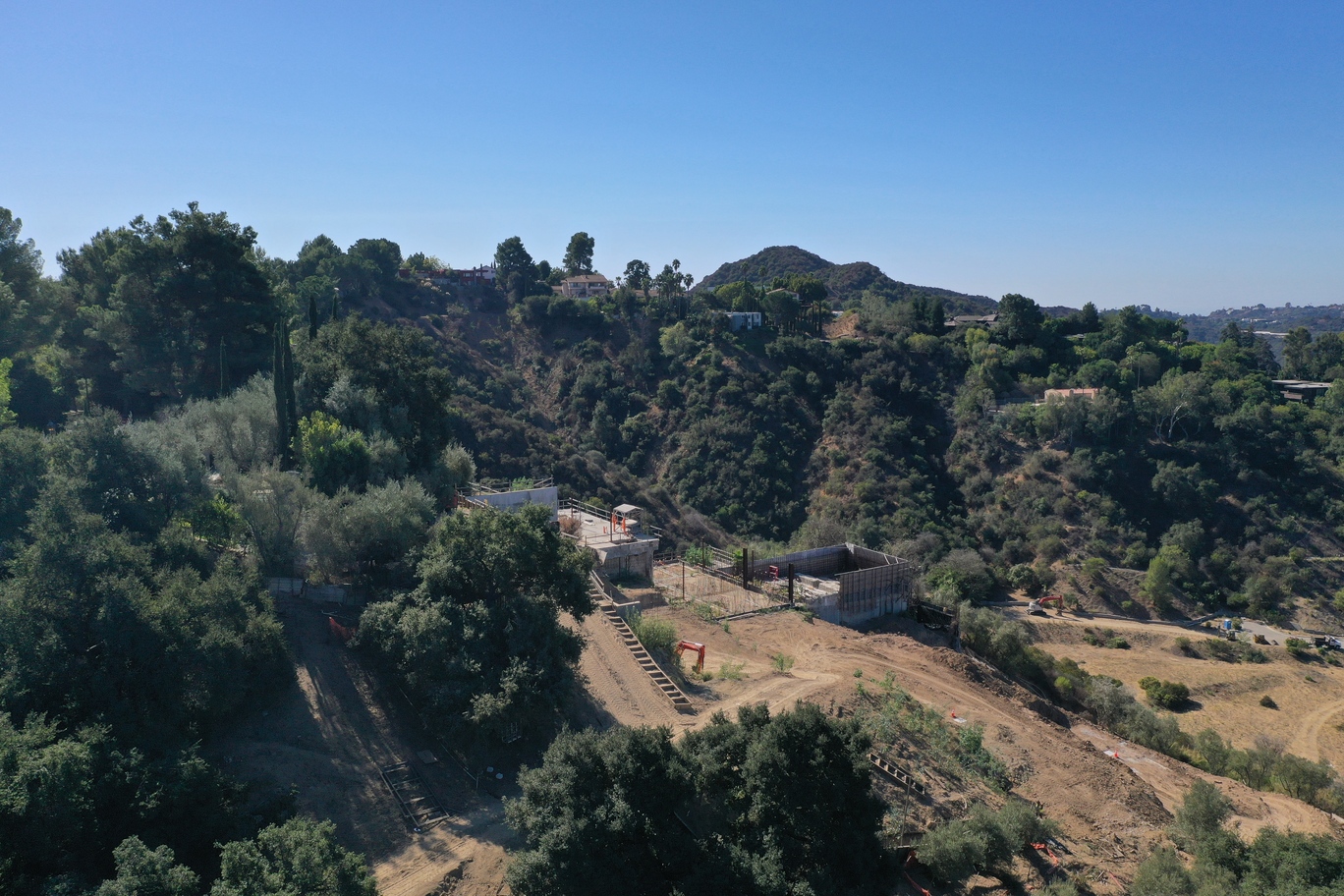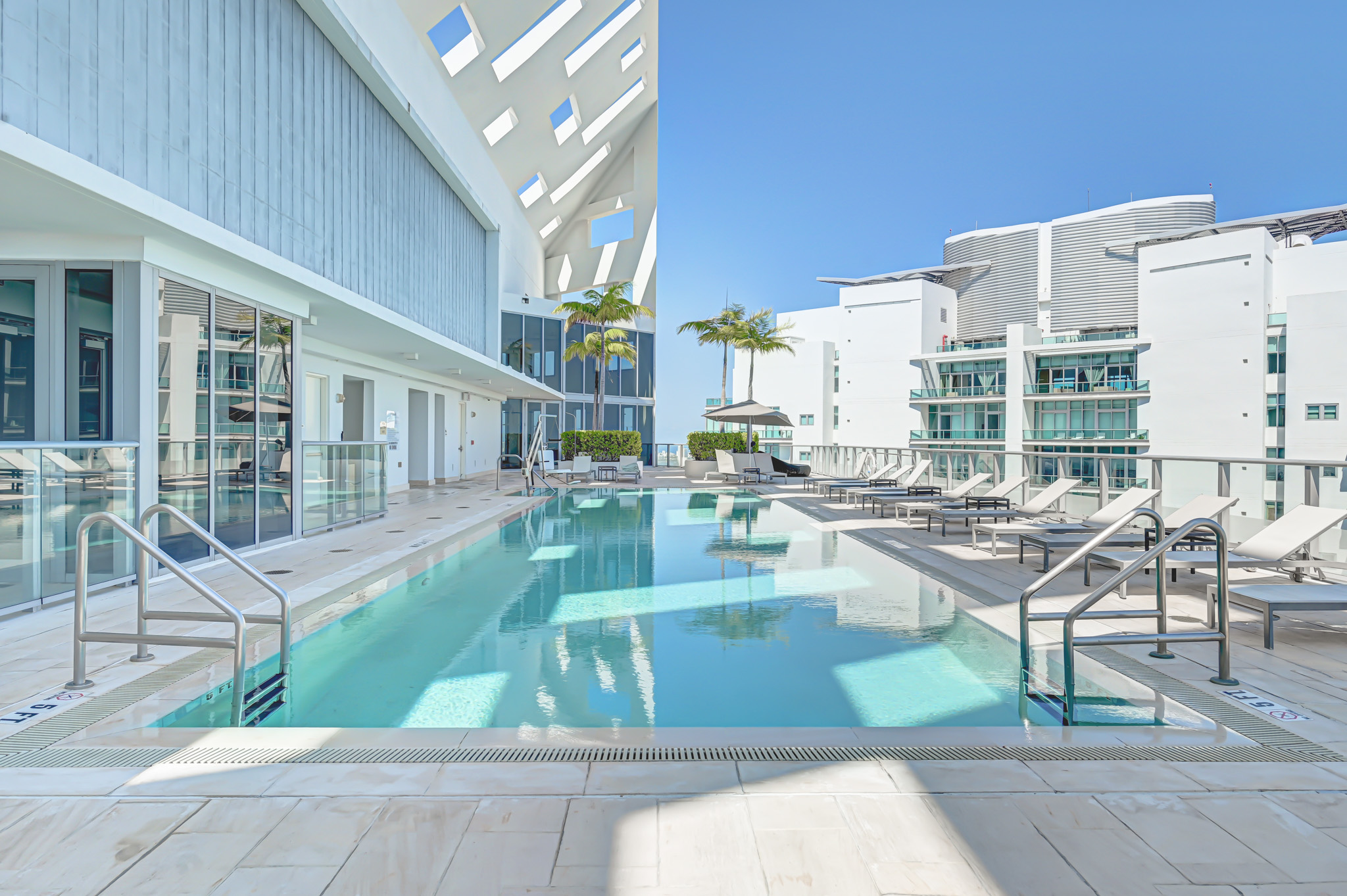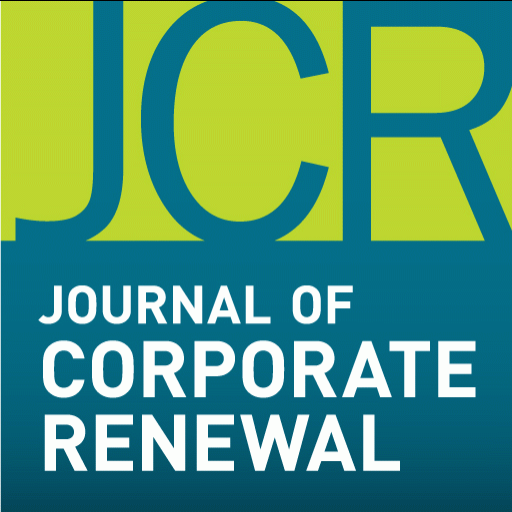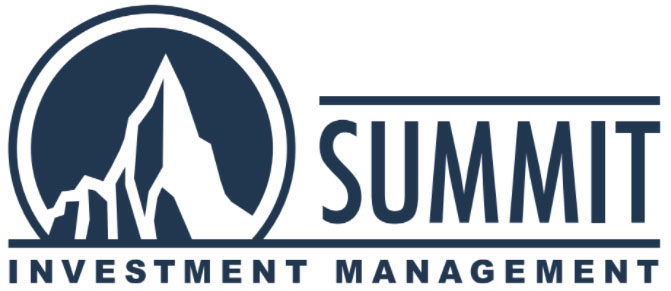There are many unknowns around the CRE capital markets, with inflation running high and interest rates ready to reset. Here is what capital market providers are doing to get ready for this change.
By Erik Sherman | February 11, 2022 at 07:00 AM

Inflation is up. Interest rates are still low. How long? Who knows?
While consensus says 2022 will shape up to be another generally good one for commercial real estate, developing financial realities are a potential detour. And this type of uncertainty is the hobgoblin of CRE plans.
“We tend to fight the last battle,” Harold Bordwin, principal and managing director of Keen-Summit Capital Partners, says. “We understand it from hindsight and the crystal ball doesn’t always tell you what’s happening.”
Unfortunately, it’s always the new battle that faces the industry.
TRACKING INFLATION
The last time inflation was hitting close to its current rates was during the run-up to the 2008 financial collapse—nearly 15 years during which many people came into the industry and never learned how to work with significant inflation, let alone significantly high interest rates from the 1970s and 1980s. That makes having a sense of the near future important.
Trying to follow where inflation will go is difficult. The Federal Reserve has never been able to finely control inflation. Over the last decade or so, the rate often ran lower than the 2% the Fed wanted. Currently, while the institution says that higher inflation is temporary, it has acknowledged that the period may run longer than originally expected. Oxford Economics projects that “sticky supply-driven inflation will continue well into 2022” and core CPI to again hit 4.7% and the raw national headline inflation figure, including volatile food and energy prices, to be 5.3% in the first quarter of 2022.
This all seems like more fuel for investor inflation concerns. They have already shown concern over where inflation might go. During October, the best performing sector of the bond market was Treasury Inflation-Protected Securities, according to Morningstar. TIPS rallied while other bond types were typically flat or seeing losses. Even then, the rush of interest drove median yield to -1.75%, because investors were paying above par value, according to the U.S. Treasury. Given that coupon interest rates were 0% to 1/8%, that means a loss of value in real terms.
So, another reasonable expectation, as stock prices remain historically high compared to earnings, would be the movement of even more money into alternative assets, including CRE, where money might get a positive real yield above inflation.
“There’s a lot of equity flocking to real estate because it’s an inflation hedge,” says Tim Wallen, CEO of private equity real estate investment firm MLG Capital. “Real estate generally outperforms stocks and gold through inflationary periods.”
The general observation also brings specific concerns for investors, developers, landlords, and operators. The official average numbers are just that, blends of price changes in many different types of products and services across varying geographic areas. Depending on what you specifically need, the implications may be more difficult to bear—just ask anyone who has been trying to plan construction projects during much of 2021. Even after a drop from the dizzying heights earlier this year, lumber and other commodities could remain at prices more elevated than in the past few years.
For example, built into the concept of commercial real estate as an inflation hedge is the thought that renegotiating rents provides the escape valve. Property owners and managers can meet higher prices with rent hikes.
“In the finance area, where we act as a lender, we are principally lending on apartments in the United States,” Richard Litton, president of Harbor Group International, says. “In terms of thinking about how properties perform, if we’re a lender or investing directly to own, the inflationary piece for us is fairly positive because rents can increase. There’s obviously a limit at which renters can pay increased rent. They need wage inflation and wage growth. But all things being equal, it’s a pretty good place to be versus other areas of real estate, like if you have long-term lease assets with small rent bumps.”
However, there are complications. Escalations in rental rates must yield the necessary income to operate and maintain the property, which requires planning. “Many landlords and tenants had not focused on lease escalation clauses over the past decade, relying on CPI indexes or fixed bumps each year,” says Ayoub Rabah, president of Coldwell Banker Realty Central West. “If there is a worry about inflation, property owners will want to make sure the escalations in rental rates will yield the income required for the routine maintenance of the property.”
“I think people generally think inflation inflates the value of real estate,” says Bordwin. “That’s a positive. But do you have a plan for a build-in? Do you put together a pro forma, whether it’s a projection to raise money from equity and debt or do you want to refinance an operating building? What are you layering in there for rent in 2024, 2025? Nominal inflation has been around for the past decade. Now you have to think about it and it’s a point you have to negotiate. You have to put in 4% or 5% or some other number. It could make a big difference.” Because it’s easy to be a genius in a rising market.
INTEREST RATES AND LOANS
Another potential impact of inflation would be that of higher interest rates. The Fed has indicated its intention to increase rates after many years of dovish monetary policy on a long path to a more traditional normal.
“Fed policy, regardless of whether [Chairman Jerome Powell] is reconfirmed or not, are variable and interest rates are a function of both purposeful manipulations by the Fed as well as market conditions,” says Jeff Bartel, chairman and managing director at Hamptons Group.
Wallen thinks many are overly concerned about the prospect. “When I look at interest rates, I start with the question of why they’re going up,” he says. “In fact, this pattern to me is about economic recovery.” And, of course, macroeconomic events like supply chain disruptions as well as businesses trying to regain losses they might have experienced during the pandemic also come into play. “It isn’t all about interest rates, but if cap rates did go up by 54 basis points, we feel you need a 7.6% one-time increase of revenue growth to impact the value drop. You need higher earnings to offset that valuation differential.”
“I see rates going up over the next 12 months,” says Hunt Holsomback, a managing director with Alvarez & Marsal Private Equity Performance Improvement, who leads the practice’s corporate real estate services. “I just don’t think it’s going to be substantially so. The trend will be upward but at a moderate level.”
A good part of that is the amount of money available. “From a competitive standpoint, there’s going to be less money on the sidelines and more money ready to jump in,” Jeff Pori, CEO and founder of Kingsbarn, says. “We expect there will be more money competing for the financing. If there wasn’t competition in the market and more money, I’d say interest rates would go straight up. But hopefully what will hold it in check is more money.”
Changes in interest rates have other effects on CRE because they are also tied into contractual agreements. Many have been based on LIBOR, or the London Interbank Offered Rate. But due to concerns about accuracy and scandals over rate-fixing, the use begins to sunset by the end of 2021. Firms refinancing within a few years face questions now.
“What does that mean for your interest rates?” asks Marni Ahram, a principal attorney at Shapiro Lifschitz & Schram. “What is going to be the benchmark placement and what are the triggers? Try to hash that out before you get to the documentation phase when you’re doing your term sheets that lay out the base terms of the loan. Build in the LIBOR sunset and benchmark replacement so everyone agrees how that’s going to work before you spend money with attorneys and fees. There are ways to negotiate around it, but to the extent everybody is in agreement up front, it makes it a little less painful.”
Ahram has counseled clients to negotiate a replacement. “What will the benchmark replacement rate be and what would the all-in cost for the borrower be after the benchmark replacement is in?” she says.
One candidate is the secured overnight financing rate, or SOFR, which is regularly published by the Federal Reserve and based on Treasury repurchase market transactions.
“Right now, SOFAR is getting a lot of attention,” Litton says. “For example, Freddie Mac, a very prevalent lender in the apartment space, uses a SOFAR base.”
“The consensus of my clients on the finance side is term SOFAR is going to be the best,” Ahram notes. “They’re pushing their lenders to commit to that, but lenders don’t like to commit to anything.”
On the negotiation front, another aspect to consider is realistic completion times in development and construction loans, because supply chains can create problems.
“Most construction lenders require completion within a certain period of time with principal payments starting once completion has occurred,” says Ahram. If you can’t get materials, you can’t complete on time. “You don’t want the lender to go nuclear on you because you can’t get steel beams or even furniture. Some of that is educating your lender as to the realities of construction. Sometimes someone with a finance background, even if they’ve been doing lending for years, won’t understand the building process.”
Then again, this is an area where an increase in rates can help in containing costs. “If interest rates are going up, that can tamp down inflation and it could reduce demand, which would bring down the price of materials and labor that go into a project,” says Mark Fawer, a partner at Greenspoon Marder. “For construction, there is a possibility that, depending on the lag time between the increase in rate and decrease in cost, there could be an offsetting feature.”
The good news is that improving conditions have made lenders more open to providing loans—depending on the property type. “Lenders are willing to offer supplemental loans to do improvements,” says Ahram. “They are not giving them a hard time on underwriting. On the flip side, at least here in Washington and New York, office owners are having a bit of a tough time.” There are no guarantees about lease extensions or companies taking the amount of space as they always did with evolving work patterns. “It’s increasing costs for building owners, and tenants aren’t looking to change their leases or aren’t looking to extend. It all trickles up to their lenders.” Requests for extensions on principal payments are met in some cases with curtailment demands. “It’s like workout loans light. Nobody’s in workout yet but they’re talking about these issues.”
“It will create additional pressure on investors and builders and developers and create pressures,” says Bartel. “Mezzanine lenders have more opportunities to get into deals to cover construction and development costs. Builders and developers will have to respond by raising the price of their product to the end-user. Whether that happens in 2022 in a federal election year or whether these are matters that we will see in 2023 and beyond remains to be seen.”
NOT ANOTHER LOOMING 2008
One sign of activity has been the reinvigoration of CRE securitization and the CMBS market, which has “exploded this year,” says Rajul Sood, head of commercial lending solutions for Acuity Knowledge Partners. “It’s reached the volume of what it was before the global financial crisis in 2008. Even Freddie Mac has done the highest issuances in many years. This has been driven primarily by the push in the multifamily and industrial subsectors and favorable Fed policies.”
“Why is the CMBS market having so much success?” Gerard Sansofti, an executive managing director as well as debt and loan sales platform leader at JLL, tells GlobeSt.com. “When a money market manager sees I can get more on a AAA mortgage bond than a AAA corporate bond, I’m going to invest in the mortgage bond.”
If that raises worries, take a deep breath because the fundamentals are different. “Mortgage delinquency rates have not increased a lot,” adds Sood, noting that mortgage delinquencies are holding at about 3.3%. “During the crisis, they were about 24%.” Bankers that Sood has spoken with say they have ample liquidity and are currently “comfortable.”
Sansofti says that the structures of CMBS issuances are healthier than in the past. “While there was some floating-rate CMBS back in the day, the structure of these deals is much different,” he says. Rather than a single asset and a single borrower, a CMBS these days currently involves multiple loans. “If you had one or two deals go bad out of the portfolio, you’re probably fine.” Also, right before the 2008 crash, “we were projecting rents out 2 or 3 years, the leverage was much higher, and we were at 80% leverage.” Today, underwriters look at market data, not projections.
He also thinks that risk is being properly priced. “The people going above the 65%, like the mezzanine lenders, are typically getting paid for the risk they’re taking” by an additional 200 or 300 basis points, Sansofti says. “It’s all relative to what yield expectations are to other investments.”
Also, there are more diverse sources of capital. “There’s the debt fund world where they’re originating bridge loans,” Sansofti says. “CMBS used to be over 50% of the market. Today it’s 10% to 15% of the market. Banks have much more capacity. Insurance companies have much more money in as well. I don’t see the liquidity issue we ran into the last time.”
Institutions look at the spread from how much they’re borrowing against. “If they see the capitalization rate is higher than their weighted cost of capital, the deal is generally agreed to,” says Hameer Vaid, a senior director with Alvarez & Marsal’s Private Equity Performance Improvement group. “We see those bets in multifamily continue to be maintained. Those weighted average costs of capital were significantly more accretive than the cap rate.”
In short, 2022 could see continued higher inflation, perhaps the beginning of increased interest rates, and macroeconomy pressures like supply chain shortages as well as changes in Federal Reserve monetary policy. But there’s plenty of cash looking for borrowers and investments and significant need on multiple CRE fronts like industrial, multifamily, higher-end office, and medical. Even with some challenges, 2022 is already shaping up to be a good year.





